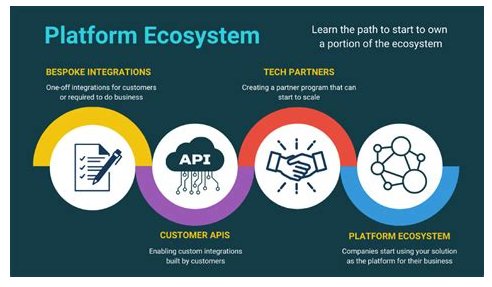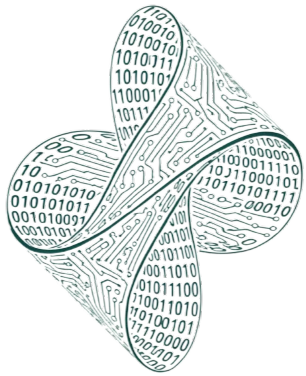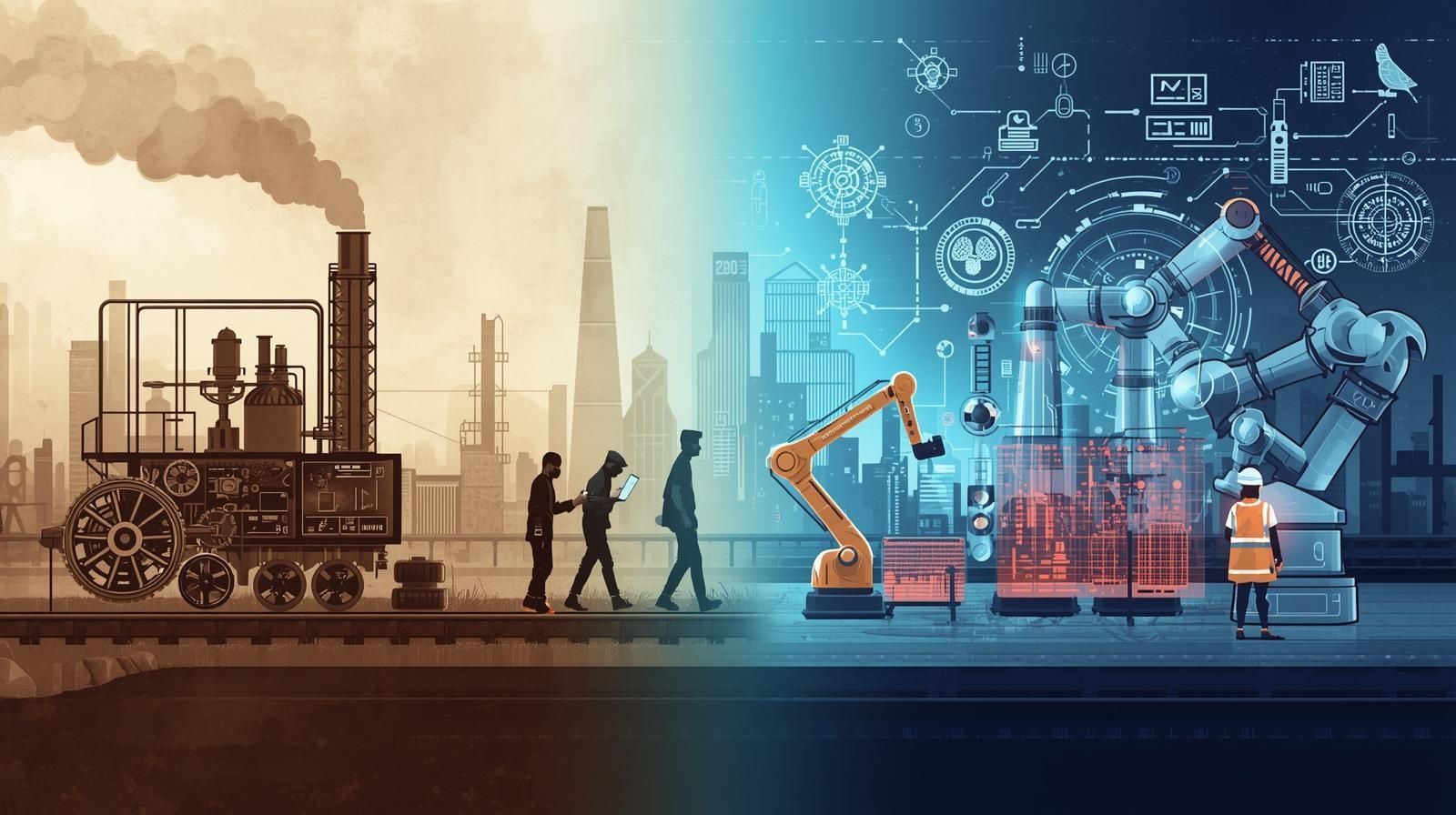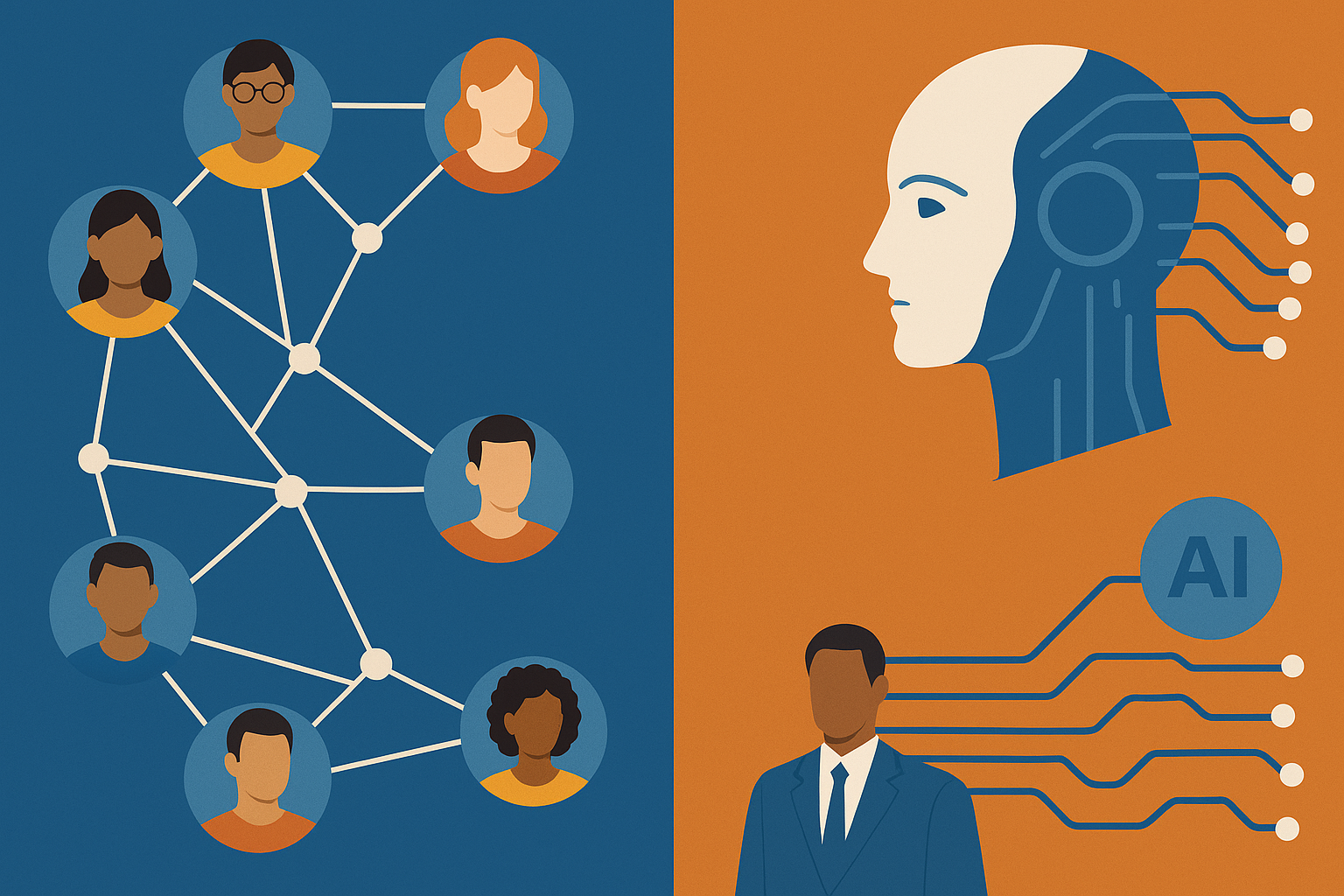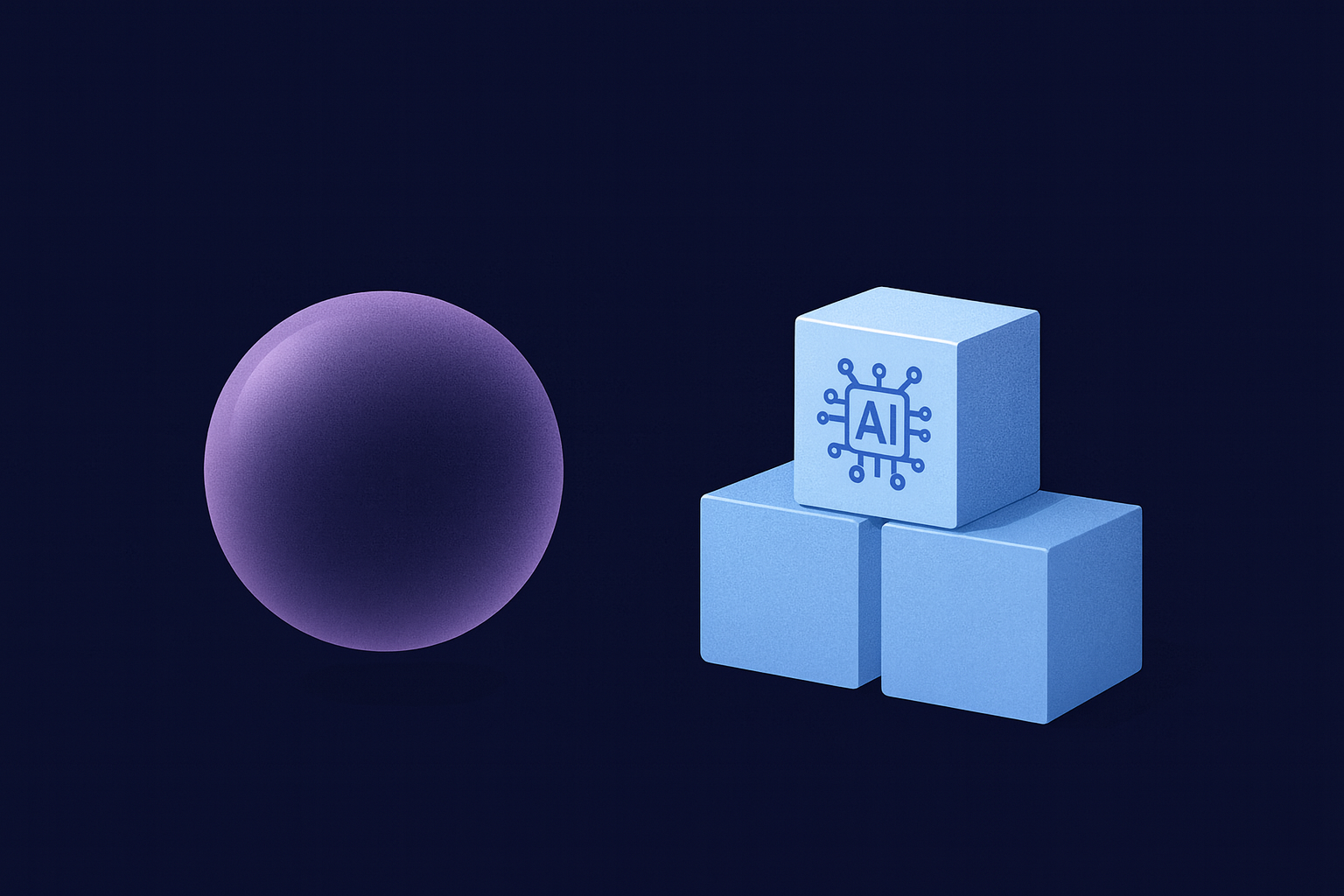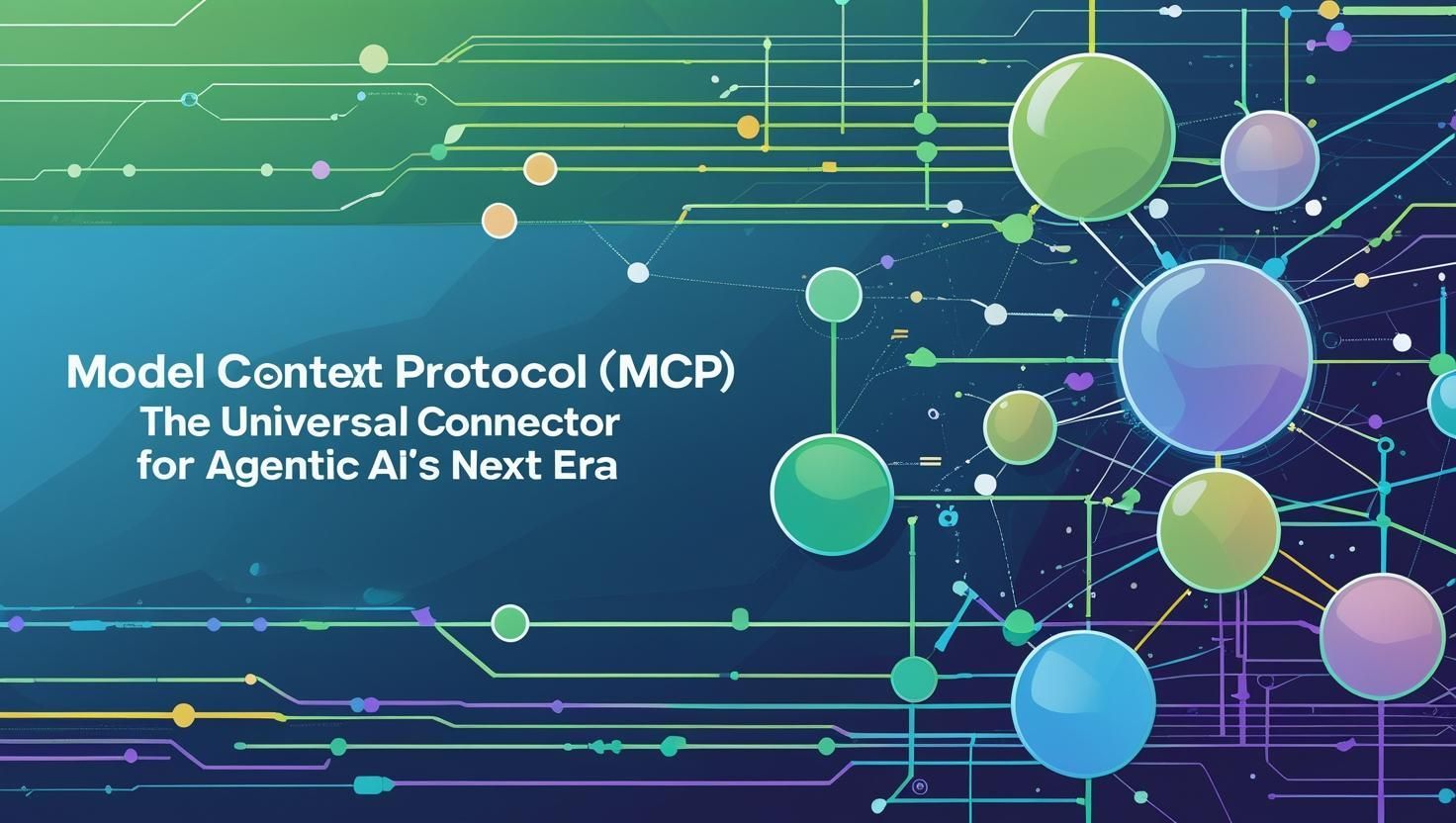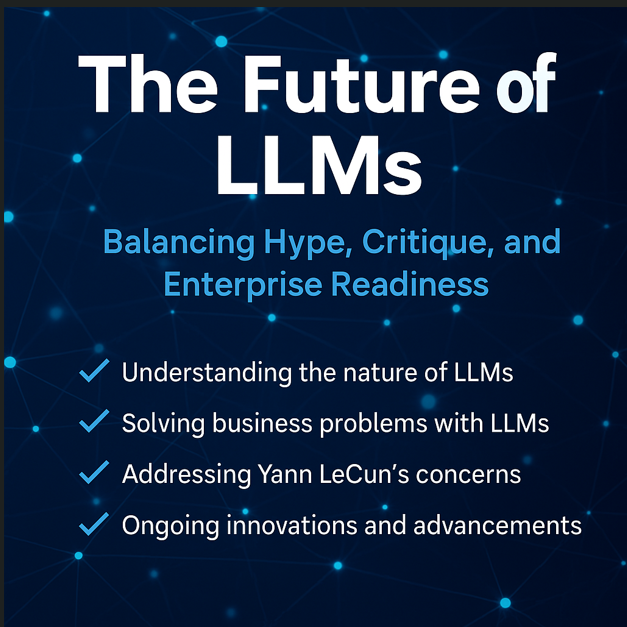The Age of Agentic AI: Foundations, Types, Deployment, and Value Realization
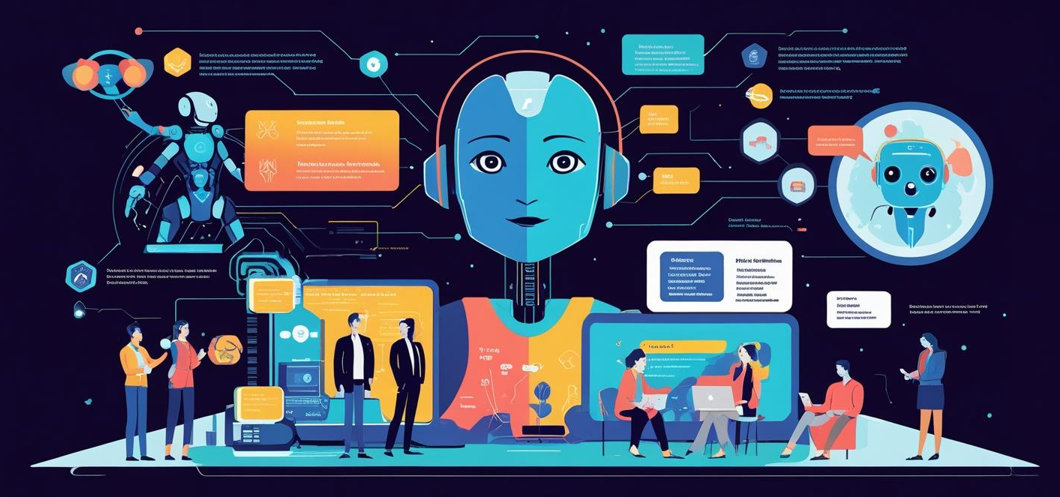
Artificial intelligence has evolved rapidly - from the rigid rules-based automation of the early 2000s to the generative AI models that dominate headlines today. Yet for all their creativity, generative models stop short of execution. They produce content but cannot autonomously carry it into business outcomes.
This is where Agentic AI emerges. Unlike traditional automation or generative AI, agentic systems reason, plan, act, and adapt to pursue goals with minimal human oversight. They don’t just assist, rather they orchestrate entire workflows, dynamically navigating uncertainty and learning from outcomes.
Enterprises are responding at a scale. Over 70% of medium-to-large organizations report deploying agentic AI in production, with adoption accelerating across regulated and asset-heavy industries. The promises are higher productivity, sharper responsiveness, and entirely new classes of innovation.
At DX Advisory Solutions, we see Agentic AI as the inevitable frontier of enterprise automation. In this blog, we share our perspective on its foundations - the defining features, taxonomy of agent architectures, deployment patterns, success metrics, and industry case studies from our client work and broader market observations.
What Is Agentic AI?
At its core, agentic AI refers to systems that embody agency - the ability to perceive, reason, plan, execute, and learn in pursuit of objectives.
Core Attributes of Agentic AI
- Autonomy – Sustains progress across multiple steps without human micromanagement.
- Goal Orientation – Translates objectives into executable actions.
- Adaptability – Responds to shifting environments and new data in real time.
- Memory & Context – Retains prior states and decisions for continuity.
- Tool Integration – Calls APIs, queries systems, and executes actions.
- Learning Capability – Improves through feedback, reinforcement, and new data.
- Collaboration – Works with other agents to execute complex, cross-domain workflows.
These attributes make agentic AI a leap from reactive assistants to active decision-makers that can operate in complex, dynamic business environments. In our work at DX Advisory, we find that organizations unlocking value from these attributes do so by embedding agents directly into business processes - not as experiments on the side, but as core operational drivers.
The Seven Types of Agentic AI
To reap the full benefits of Agentic AI, it is important to understand how agentic systems differ in capability. Agentic AI is not one-size-fits-all. Rather, it spans a spectrum of sophistication. Understanding this taxonomy helps leaders decide where to begin and how to scale.
| Type | Memory | Goal-Driven | Utility-Based | Learns | Example Use Cases |
|---|---|---|---|---|---|
| 1. Reflex | No | No | No | No | Thermostats, sensors |
| 2. Reflex w/ State | Yes | No | No | No | Smart vacuums |
| 3. Model-Based Reflex | Yes | No | No | No | Robotic cleaners, IoT devices |
| 4. Goal-Based | Yes | Yes | No | No | Navigation systems, decision bots |
| 5. Utility-Based | Yes | Yes | Yes | No | Autonomous drones, portfolio managers |
| 6. Learning | Yes | Yes | Yes | Yes | Adaptive chatbots, RL systems |
| 7. Rational | Yes | Yes | Yes | Yes | Cross-domain "super-agents" |
In practice, enterprise deployments are hybrid systems, combining simpler and more advanced agents in orchestration. For example, we worked with a manufacturing firm that uses reflexive sensors (Type 2) for perception, goal-based agents (Type 4) for scheduling, and learning agents (Type 6) for continuous optimization. This layered approach ensures both resilience and adaptability.
Architectural Patterns for Agentic Systems
Once the type of agents is understood, the next step is how to engineer them into reliable systems. Enterprises cannot afford “black box” experimentation; they need repeatable architectural patterns that deliver robustness, scalability, and compliance.
Key Patterns
- Tool Use & Integration Standards
Agentic AI achieves business value when it moves beyond reasoning into direct execution of tasks. Tool use patterns integrate reasoning engines with enterprise systems such as databases, APIs, and third-party services. Increasingly, integration is being standardized through the Model Context Protocol (MCP), which allows agents to securely connect with heterogeneous tools, CRMs, ERP systems, developer environments, and compliance platforms. MCP ensures agents can plug into ecosystems without costly bespoke integration. - Reflection & Maker–Checker Loops
Reflection introduces self-correction and validation. In regulated industries like finance and healthcare, reflection often pairs with a maker–checker pattern, where one agent generates and another validates before execution, enforcing both operational safety and compliance. - Planning & Orchestration
Unlike static scripts, planning agents break complex objectives into subtasks, manage dependencies, and replan as new data arrives. Increasingly, this pattern is coupled with enterprise workflow orchestration platforms (Azure AI Foundry, IBM WatsonX, Salesforce Agentforce). - Multi-Agent Collaboration
Enterprises rarely deploy monolithic agents. Instead, ecosystems of specialized agents collaborate. Integration protocols like MCP are pivotal as they provide a common language for cross-agent communication and state sharing. - ReAct (Reason + Act)
The ReAct pattern blends reasoning with execution in iterative loops, particularly effective in volatile environments such as network fault management or fraud detection.
From our experience, forward-looking enterprises succeed when they design hybrid architectures that combine Planning, Tool Use, Reflection, and MCP integration. This ensures agents are not only intelligent but also interoperable, auditable, and resilient in production.
Foundations for Deployment
Architectural patterns are only as strong as the foundations that support them. To move from pilots to production, organizations must invest in
data, process, and infrastructure foundations that emphasize interoperability, governance, and reliability.
At DX Advisory, we often see companies stall not because their models are weak, but because their data pipelines, processes, and infrastructure cannot support autonomy at scale.
Measuring Success and ROI
Traditional AI metrics such as accuracy and latency are inadequate to measure the success of Agentic AI initiatives. Here, the real test is whether systems achieve business goals autonomously, reliably, and efficiently.
In our client work, we encourage leaders to go beyond “model accuracy” and instead define baselines, pilot with focused KPIs, and track ROI dashboards. This shift in measurement has proven critical in scaling deployments. Leading adopters report 25–40% efficiency gains and returns of $3.50 per $1 invested, often realized within 12–18 months.
Industry Impact
At DX Advisory, we track Agentic AI adoption across industries. The results are already material:
- Healthcare – Claims processing 10–15x faster, 70% cost savings.
- Financial Services – Fraud losses reduced 40%+ with fewer false positives.
- Telecom – Predictive maintenance reduces outages by 40%; customer resolution times down 20–40%.
- Manufacturing – Smart factory automation reduces downtime 50%; predictive maintenance cuts spare-part waste; supply chain agents reduce lead times 20% and inventory costs 30–40%.
These aren’t isolated proofs-of-concept. They represent enterprise-grade value capture, with annualized savings in the tens to hundreds of millions for large adopters.
Conclusion: The Road Ahead
Agentic AI represents more than an incremental advance. It is a
paradigm shift -
from systems that assist humans to systems that autonomously orchestrate business ecosystems. At DX Advisory Solutions, we believe the era of Agentic AI is not just coming - it is already here. Organizations that operationalize early, on solid foundations with transparent value blueprints, will seize outsized productivity, growth, and competitive advantage.
Our role is to help enterprises
design architectures, embed governance, and ensure measurable ROI from Agentic AI. Those who act now will not only keep pace but lead the next era of digital transformation.
About Author:
Towhidul Hoque is an executive leader in AI, data platforms, and digital transformation with 20 years of experience helping organizations build scalable, production-grade intelligent systems.
